Disclosure: This article contains affiliate links. We may earn a commission from purchases at no extra cost to you, which helps our travel content.
There's something about tracking wildlife that reminds me of detective work – following subtle clues, waiting patiently for the reveal, and experiencing that rush when everything falls into place. Five years ago, after losing my wife Elena, I promised our kids we'd continue exploring the world as she would have wanted. Last month, I finally made it to Kruger National Park in South Africa – a destination Elena had always dreamed of visiting with our children. Now teenagers, they've developed their mother's passion for natural wonders and the night sky. Winter in Kruger (South Africa's dry season) proved perfect for both wildlife spotting and stargazing, creating a seamless connection between Elena's astronomical expertise and my investigative instincts. This methodical guide breaks down our seven-day adventure tracking the Big Five while finding moments to connect with the infinite universe above.
Planning Your Kruger Investigation: When to Go and What to Bring
As any good detective knows, preparation is key. For Kruger, winter (May through September) is unequivocally prime time. The dry season means vegetation thins out, wildlife congregates around water sources, and tracking becomes significantly easier. The daytime temperatures hover comfortably in the 70s°F (20s°C), though early mornings require layers as the mercury can dip into the 40s°F (single digits Celsius).
Packing for safari requires strategic thinking. I approached our gear list methodically, focusing on essentials:
- Neutral-colored clothing: Think khaki, olive, and tan. Bright colors can spook wildlife.
- Layers: Early morning game drives are surprisingly chilly, but afternoons warm up considerably.
- A quality pair of binoculars: After extensive research, I invested in the Nikon Monarch 5. The clarity was crucial for spotting distant wildlife and, as Elena would appreciate, for stargazing.
- Camera gear: Wildlife photography demands reach. My telephoto zoom lens proved invaluable for capturing animals without disturbing them.
- Field guides: While apps are convenient, there's something special about flipping through a physical guidebook with the kids.
For our family, I also packed a compact telescope. The kids and I have made it a tradition to stargaze wherever we travel, keeping Elena's memory alive through her passion for astronomy. Kruger's designation as an International Dark Sky Reserve made it particularly special.

💡 Pro Tips
- Book accommodation at least 9-12 months in advance, especially for popular rest camps like Lower Sabie and Satara
- Consider staying both inside the park (for early access) and at a private reserve on the perimeter (for guided walks)
- Rent a high-clearance vehicle but 4x4 isn't necessary for main Kruger roads
The Big Five: A Detective's Tracking Guide
The term 'Big Five' originated from hunters who considered these animals the most difficult and dangerous to track on foot: lion, leopard, elephant, rhino, and Cape buffalo. As a detective, I approach wildlife tracking similarly to investigating a case – looking for subtle clues, understanding patterns, and exercising patience.
Lions: These apex predators are most active at dawn and dusk. We found our best success near Satara Rest Camp, known as 'cat camp' for its high predator density. Look for them resting under acacia trees during midday heat. The kids developed a knack for spotting their tawny coats against the golden grass.
Leopards: The most elusive of the Big Five. These solitary cats prefer riverine forests where they can drag prey into trees. The S100 road near Lower Sabie and the S28 near Crocodile Bridge yielded two spectacular sightings for us. Pro tip: scan the branches of large trees near waterholes, and always follow up when you see vehicles stopped and looking upward.
Elephants: These giants leave unmistakable evidence – broken branches, stripped bark, and massive footprints. We encountered numerous herds throughout the park, but the area around Letaba River provided our most memorable experience: watching a family group teaching a wobbly-legged calf to use its trunk at a waterhole.
Rhinos: Both white and black rhinos inhabit Kruger, though white are more common. The open plains around Lower Sabie and Pretoriuskop were productive for white rhino sightings. Due to poaching concerns, I won't share specific locations, but early mornings near grasslands with water access proved successful.
Cape Buffalo: Often found in large herds, these bovines may seem docile but are responsible for more hunter deaths than any other African animal. The H1-4 road between Satara and Olifants camps consistently delivered impressive buffalo herds moving like dark rivers across the savanna.
For tracking these magnificent animals, I relied heavily on my spotting scope which allowed us to observe behaviors from a respectful distance without disturbing natural interactions.
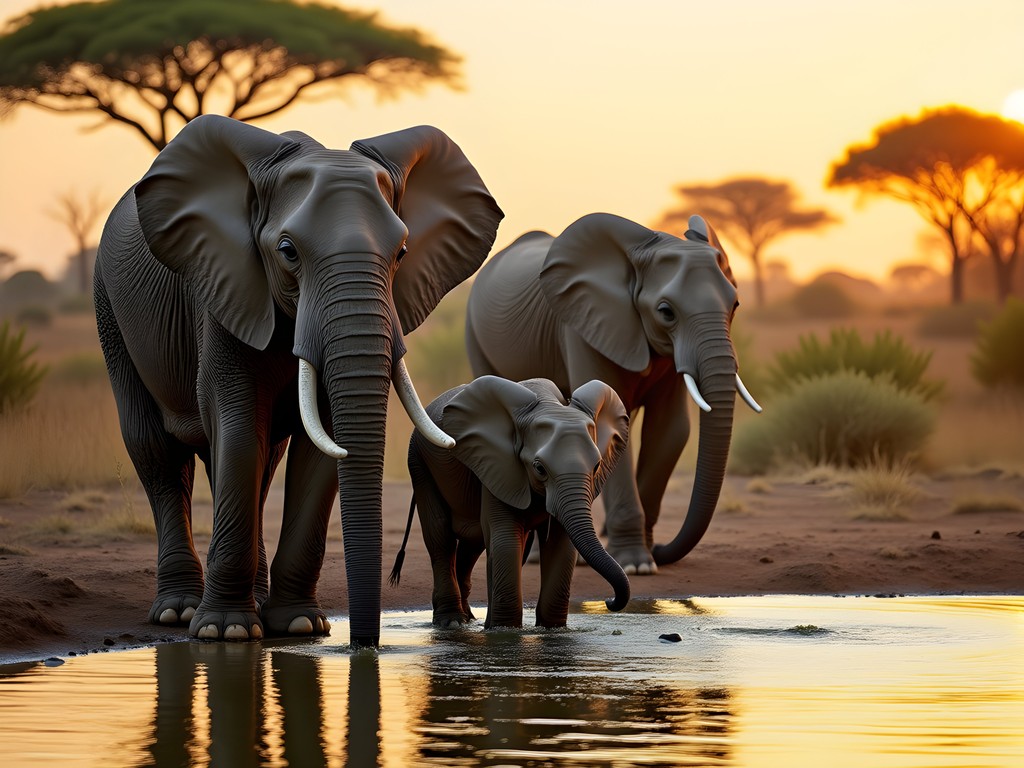
💡 Pro Tips
- The first and last hours of daylight offer the best wildlife viewing opportunities
- Learn to identify tracks and dung – they'll lead you to animals even when they're not immediately visible
- Listen carefully – birds often alarm call when predators are nearby
Stargazing in Kruger: Connecting with Elena's Passion
"Dad, Mom would have loved this sky." My daughter whispered this to me on our second night in Kruger as we stood outside our bungalow at Satara Rest Camp, necks craned upward at a canvas of stars so dense and bright it seemed artificial. Elena had spent countless nights showing our children the constellations, planets, and sharing the stories written in the stars.
Kruger National Park's location in the southern hemisphere offered us northern dwellers a completely different celestial perspective. The Southern Cross, visible year-round here, became our nightly companion. The Magellanic Clouds – satellite galaxies to our Milky Way – appeared as ghostly smudges that my youngest son initially mistook for ordinary clouds until I explained their true nature.
We developed a nightly ritual: after dinner, we'd set up Elena's portable travel telescope on the patio of our accommodation. The kids would take turns selecting celestial objects to observe while I shared stories of their mother's favorite astronomical phenomena. In the dry winter air of Kruger, with minimal light pollution, we could see details in the Milky Way that Elena had only been able to show the children in photographs.
Some rest camps, particularly those away from the more developed areas like Satara and Lower Sabie, offer even darker skies. However, a word of caution: always conduct your stargazing within the safety of camp boundaries. The same animals you've been tracking during daylight hours are active after dark, and Kruger strictly enforces rules about remaining in designated areas after sunset.
For those without astronomy equipment, I recommend the night sky guide which proved invaluable for identifying southern hemisphere constellations unfamiliar to us. Many camps also offer evening ranger programs that include stargazing elements – the Olifants Camp program was particularly informative, combining local star lore with scientific explanation in a way that reminded me of Elena's teaching style.
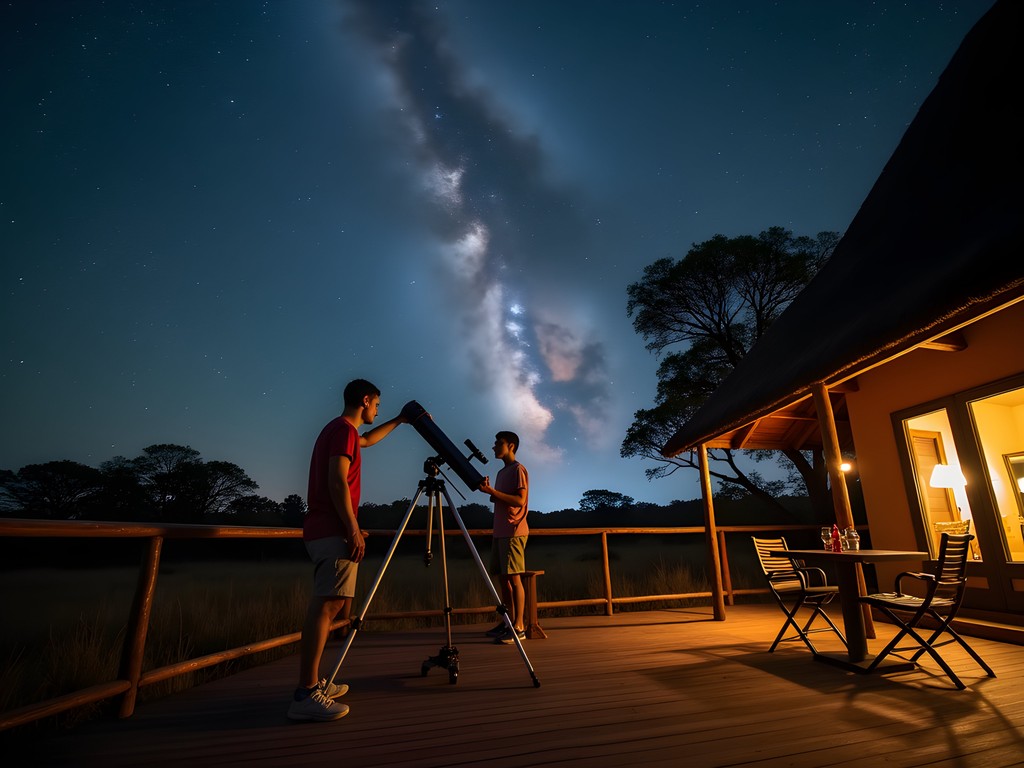
💡 Pro Tips
- Download a southern hemisphere star chart app before your trip
- Choose accommodation away from the larger rest camps for better stargazing conditions
- Bring a red-light flashlight to preserve your night vision while moving around camp after dark
The Detective's Daily Routine: Optimizing Your Safari Schedule
If there's one thing my years as a detective taught me, it's that establishing a methodical routine often yields the best results. This principle applies perfectly to safari life in Kruger. Our daily schedule evolved into a well-oiled machine that maximized wildlife encounters while still allowing for rest and family connection time.
05:00 - 05:30: Wake up call. In winter, this is about an hour before sunrise. The kids initially protested these early mornings until they realized dawn drives produced our most exciting sightings.
05:30 - 06:00: Quick breakfast and coffee. Most rest camps have early morning coffee/tea stations for self-service before the restaurants open. We'd grab a light bite and hot drinks before heading out.
06:00 - 09:30: Early morning game drive. This golden window consistently delivered our most spectacular sightings. Animals are active, the light is perfect for photography, and temperatures are comfortable. We'd pack the insulated water bottles filled with hot chocolate for the kids and coffee for me.
09:30 - 11:30: Late morning rest or camp exploration. We'd return to camp for a proper breakfast, shower, and downtime. Many camps have excellent bird viewing opportunities right within their boundaries.
11:30 - 15:30: Midday activities. This is when most animals retreat to shade, making sightings less frequent. We used this time for:
- Educational center visits (Skukuza and Letaba have excellent displays)
- Swimming at camps with pools
- Reviewing morning photographs and updating our wildlife journals
- Occasionally, a short drive to nearby hides overlooking waterholes
15:30 - 18:30: Afternoon/sunset game drive. As temperatures cool, animals become active again. We'd head out with snacks and drinks to find a scenic spot for sunset.
19:00 - 21:00: Dinner and stargazing. After enjoying a meal at the camp restaurant or preparing something simple at our bungalow, we'd set up Elena's telescope for our nightly astronomy session.
One modification I recommend for families is building in a full 'rest day' midway through your safari. Safari fatigue is real, especially for children, and a day spent entirely in camp recharges everyone for more productive game drives afterward.
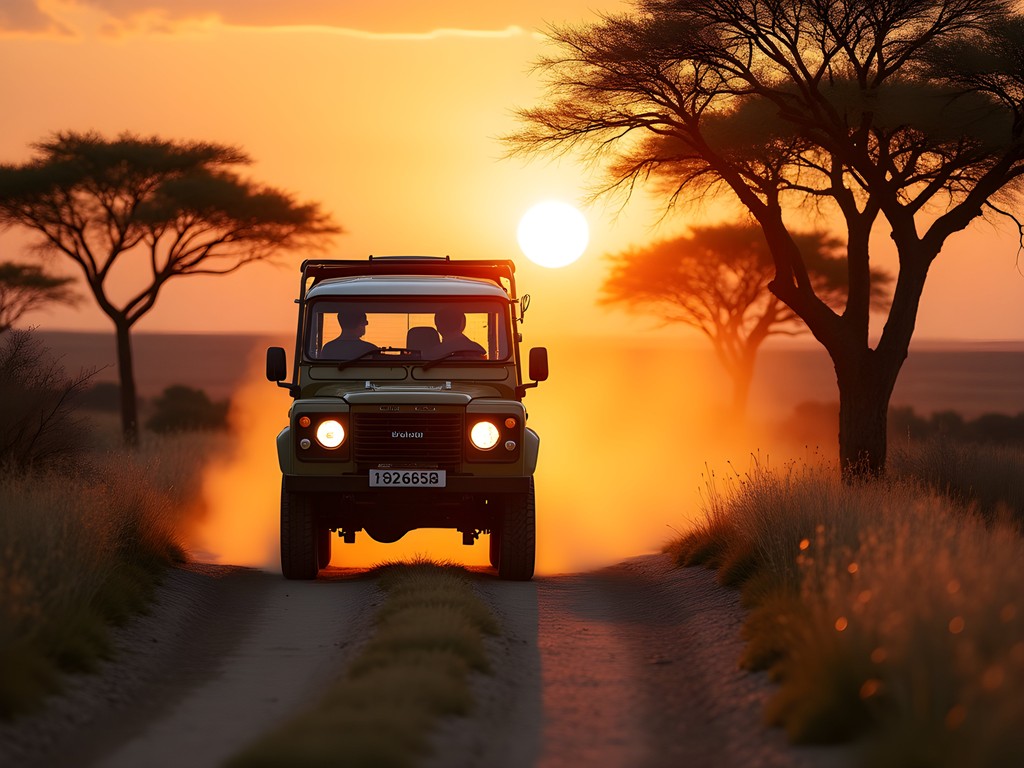
💡 Pro Tips
- Keep a detailed sighting journal noting locations, times and behaviors – patterns will emerge that help predict future encounters
- Alternate drivers if possible – wildlife spotting requires intense concentration
- Don't overlook camp grounds for wildlife – many have resident animals and excellent bird watching
Beyond the Big Five: Kruger's Supporting Cast
While the Big Five understandably command the spotlight, Kruger's supporting cast of characters deserves equal attention. As a detective, I've learned that background details often tell the most compelling story, and the same proved true during our safari experience.
The Spotted Hyena Clan: Near Satara, we observed a fascinating hyena den for three consecutive mornings. Contrary to their scavenging reputation, these intelligent animals are successful hunters with complex social structures. The cubs playing outside the den reminded my children of puppies, though their spotted coats and distinctive calls marked them as uniquely wild.
Giraffe Towers: These gentle giants move with surprising silence through the landscape. We developed a game of spotting their distinctive patterns through dense vegetation – an excellent exercise in observation skills for budding detectives. The S40 dirt road near Lower Sabie consistently provided excellent giraffe sightings.
Wild Dog Pack: Perhaps our most privileged sighting was encountering a pack of endangered African wild dogs near Orpen Gate. Their coordinated movement, distinctive painted coats, and playful interactions were mesmerizing. With fewer than 500 remaining in Kruger, this rare encounter felt like solving a difficult case.
The Avian Informants: Birds became our constant companions and often served as nature's alarm system. The lilac-breasted roller's brilliant colors made it my daughter's favorite, while my eldest son became adept at identifying raptors. We used the bird identification guide daily, with the kids competing to spot new species.
Smaller Mysteries: Some of our most delightful discoveries came from observing smaller creatures. Dung beetles rolling their precious cargo across the road. A chameleon changing colors as it crossed a branch. A mongoose family foraging together near our bungalow. These moments reminded me that in both detective work and wildlife observation, it's often the overlooked details that tell the most interesting stories.
Elena would have loved how our children developed their observational skills during our time in Kruger. My youngest kept a detailed journal of animal behaviors, my daughter photographed subtle interactions between species, and my eldest mapped territories and movements – all applying scientific methods their mother had taught them, now in service of understanding this complex ecosystem.
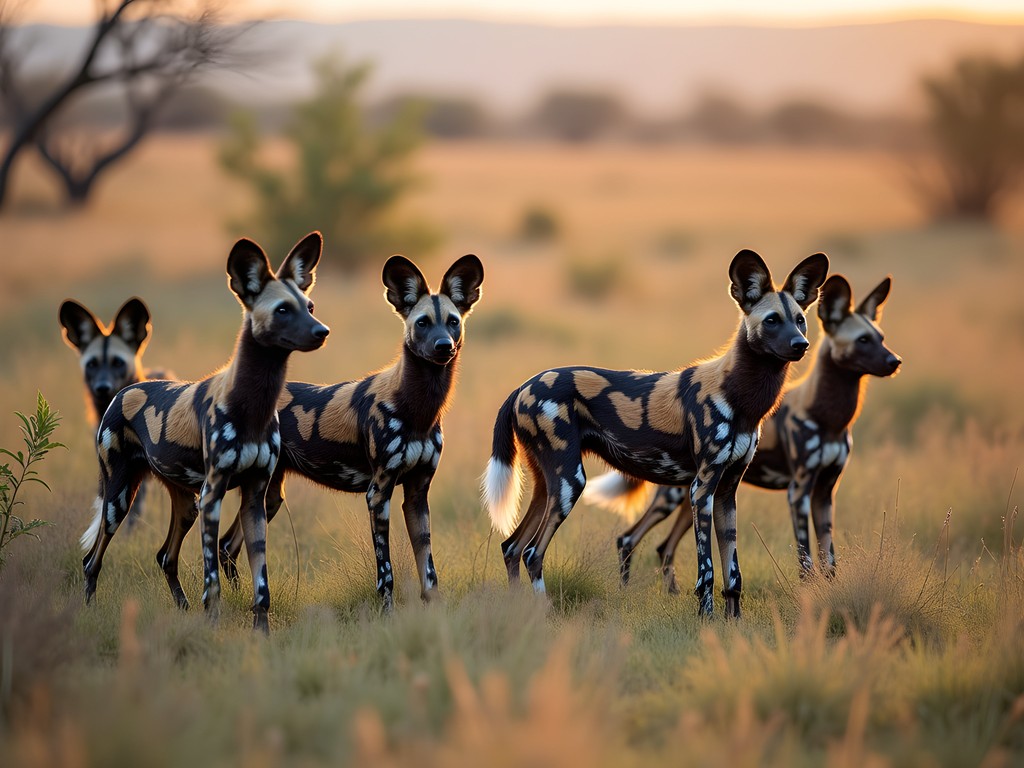
💡 Pro Tips
- Ask camp staff about recent sightings of less common animals like wild dogs, cheetah or serval
- Learn to identify at least 5-10 common birds – they'll enhance your safari experience tremendously
- Keep binoculars handy even when focusing on larger animals – the small dramas unfolding nearby are often equally fascinating
Final Thoughts
As we drove through Kruger's Malelane Gate on our final day, the kids were unusually quiet, processing the week's experiences. It wasn't until we reached our overnight accommodation that my daughter pulled out her journal and showed me a list titled 'Things Mom Would Have Loved About Kruger.' At the top: 'The way the Milky Way looks like it's pouring directly into the savanna at night.' Elena's passion for the cosmos lives on in our children, now intertwined with a newfound appreciation for Earth's magnificent creatures. This detective's conclusion? Kruger offers families much more than a chance to check the Big Five off a list – it provides a masterclass in patience, observation, and understanding our connection to both the earth beneath our feet and the stars above. Whether you're tracking lions through the savanna or identifying constellations in the southern sky, Kruger rewards the methodical mind and the patient heart. As Elena would say, 'The universe reveals its secrets to those who know how to look.'
✨ Key Takeaways
- Winter (May-September) offers the best wildlife viewing conditions in Kruger
- Establish a routine that respects animals' active periods at dawn and dusk
- Look beyond the Big Five to appreciate the complex ecosystem
- Kruger's International Dark Sky Reserve status makes it perfect for combining wildlife viewing with astronomy
📋 Practical Information
Best Time to Visit
May through September (dry winter season)
Budget Estimate
$150-300 per day for a couple (accommodation, park fees, vehicle, food)
Recommended Duration
7 days minimum, 10-14 days ideal
Difficulty Level
Moderate



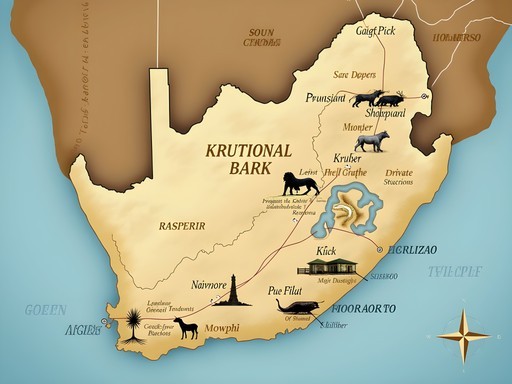
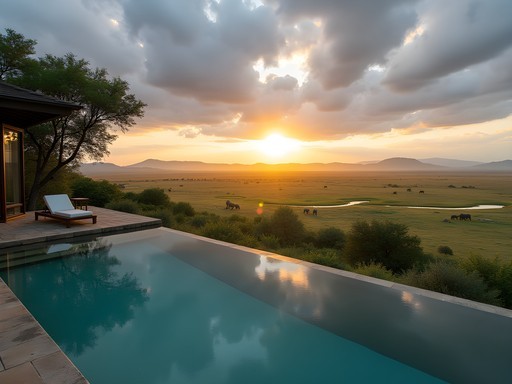






Comments
wildlifepro
Great post! Pro tip: download the Kruger sightings app. People report real-time animal sightings so you can adjust your route. Helped us find a leopard last month!
oceanzone
Oh that's so helpful! Is it free?
wildlifepro
Yep, totally free! Called 'Latest Sightings' - absolute game changer.
smartguide
This is EXACTLY what I needed! Taking my family in December - is that too hot/rainy? Your tracking guide is going to be our bible!
Kenji McDonald
December is rainy season, but that means lush landscapes and baby animals! Just bring good rain gear and be prepared for afternoon thunderstorms. The tracking is actually fascinating after rain as prints are clearer. Enjoy your trip!
smartguide
Thanks so much! Can't wait to try the detective approach with my kids!
Taylor Moreau
Kenji, this guide is absolutely brilliant! Your detective analogy is spot-on. I've been to Kruger four times over the years, and your tracking tips are some of the best I've seen. One additional suggestion for families - the guided walks from Lower Sabie camp are excellent for teaching children about tracking. My 12-year-old was fascinated by learning to identify different animal prints. Also worth noting that the southern section tends to be less crowded but still offers excellent wildlife viewing, particularly around Crocodile Bridge. Your daily routine section is particularly helpful - that early morning start truly makes all the difference!
oceanzone
Those stargazing tips are awesome! Never thought about bringing binoculars specifically for night sky viewing.
Taylor Moreau
Agreed! I've found that a good pair of astronomy binoculars makes all the difference. Kruger's night skies are absolutely magnificent when you're away from the camp lights.
oceanzone
Any recommendations for brands that won't break the bank?
Taylor Moreau
I've had good experiences with Celestron binoculars - they're reasonably priced and work well for both wildlife and stargazing.
TravelWithKids
How old were your kids when you took them? Wondering if my 5-year-old would be too young.
Kenji McDonald
Mine were 8 and 10, but I saw plenty of families with younger kids! Just plan shorter game drives and choose family-friendly lodges with pools for the midday breaks. Five is a great age - they'll be amazed!
WildlifeEnthusiast
Just booked my trip after reading this! Can't wait!
SafariLover22
Those stargazing photos are breathtaking! Added to my bucket list!
redking
Great post! We're heading there in September. How did your camera gear hold up with all the dust? Trying to decide what to bring.
Kenji McDonald
The dust is definitely a challenge! I brought a weather-sealed DSLR with a 100-400mm lens and cleaning kit. Keep your gear in a sealed bag when not using it and avoid changing lenses in the field if possible. September should be less dusty than when we went though!
Haley Hamilton
Kenji, your post brought back so many memories! I did a similar trip in 2023 but stayed in the more rustic bushveld camps. If anyone's reading this and wants a more immersive experience, I highly recommend Tamboti or Balule camps. No electricity except solar, minimal facilities, but the wildlife wandering through camp and that feeling of being truly in the bush is worth every inconvenience. Just bring good headlamps! The section about tracking skills reminded me of our guide Sipho who could spot a chameleon on a branch while driving 30km/h. Those guides have superhuman vision!
Haley Hamilton
Absolutely! The camps have fences to keep out large predators, but smaller animals come through. Woke up to bushbabies on our porch and monkeys in the trees. Just keep food secured and doors locked!
redking
Those bushveld camps sound amazing! Did you feel safe with animals wandering through?
beachmaster
Just got back from Kruger last month and your daily routine section is spot on. Those midday breaks are essential. We stayed at Skukuza and the pool was a lifesaver for our afternoon downtime. Did you have any luck with rhino sightings? We only saw them twice in 5 days.
Kenji McDonald
Rhinos were definitely the hardest of the Big Five for us too. We got lucky on day 4 near Crocodile Bridge with a mother and calf. The guides mentioned poaching has unfortunately made them more scarce and wary.
Venture X
Premium card with 2X miles, $300 travel credit, Priority Pass